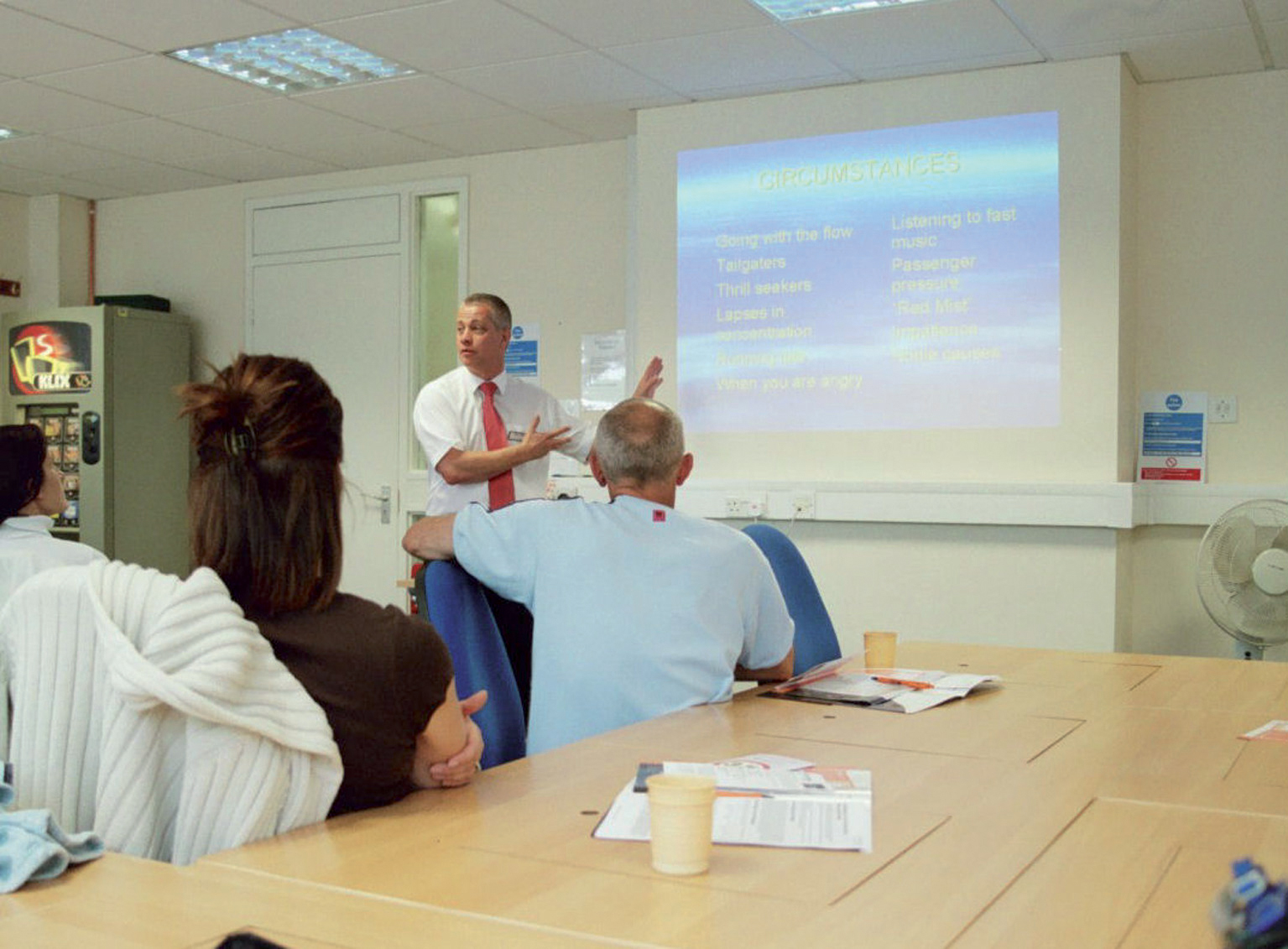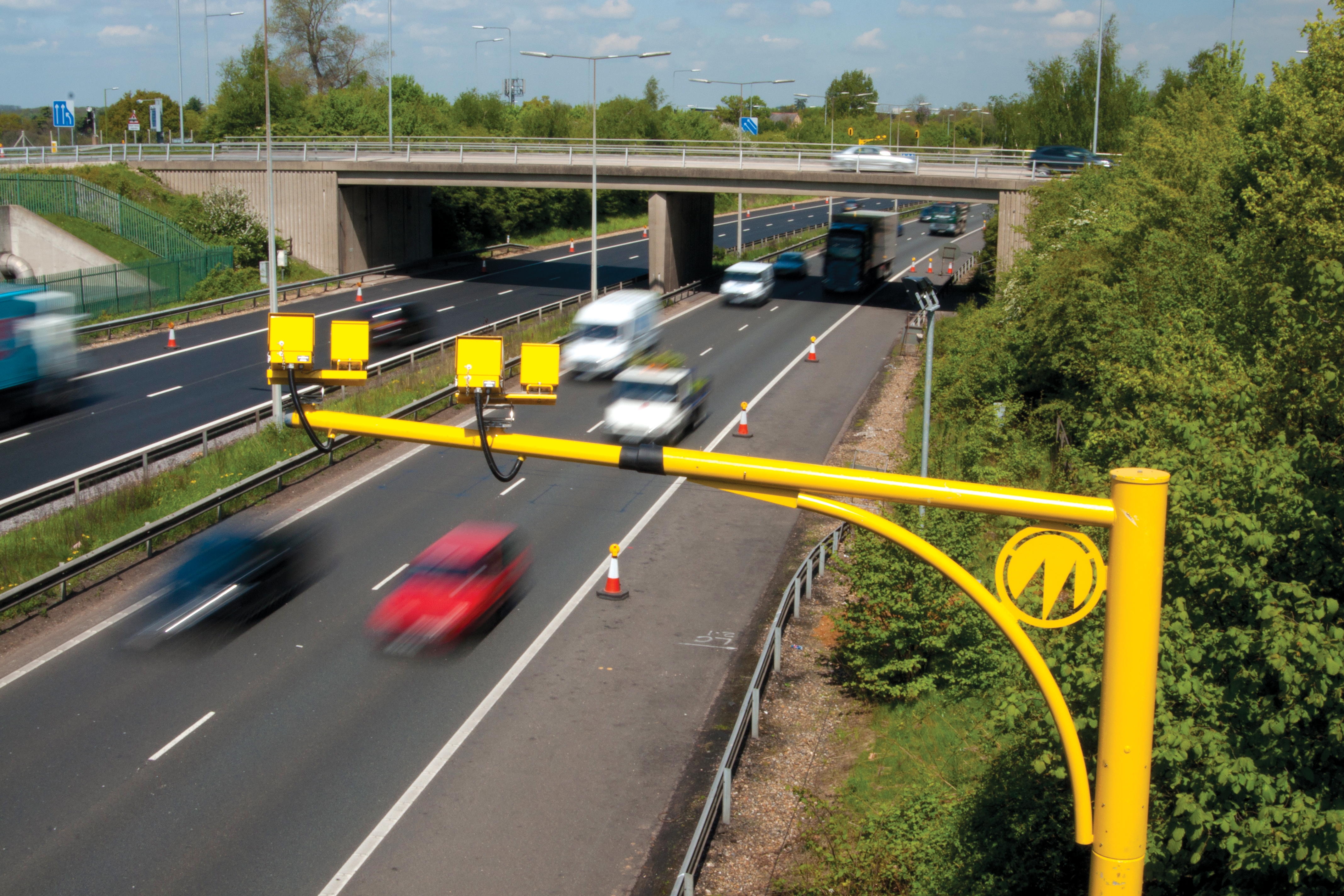Trevor Ellis, Chairman of the ITS UK Enforcement Interest Group, considers the implications of the UK Government's decision to withdraw funding for road safety camera partnerships

the UK faces a situation where cameras with a primary objective of improving traffic flow retain funding while the cameras with safety as their primary objective are scrapped
Trevor Ellis, Chairman of the ITS UK Enforcement Interest Group, considers the implications of the UK Government's decision to withdraw funding for road safety camera partnerships
On 24 June 2010, Michael Penning, UK Parliamentary Under-Secretary of State (Roads and Motoring) wrote to every Local Authority (LA) in England and Wales explaining that Central Government funding for new fixed speed cameras was to stop. This decision has started the biggest re-think in the British enforcement industry since its inception.The Safety Camera Partnerships (SCPs), which operate the cameras, were set up by LAs in 1999. They were a part of the National Safety Camera Scheme to enforce speed limits and thereby to improve road safety. Funding for the operational costs of the partnerships came from hypothecation of fine revenues.
The government of the day had some ambitious targets: a 40 per cent reduction in the numbers Killed or Seriously Injured (KSI) by 2010 (from 1994-8 average); and a 50 per cent reduction in KSI children.
In 2007 the UK Government decided that hypothecation was too politically sensitive, and so the income from safety cameras was distributed to LAs in the form of a grant. The partnerships were re-named 'road safety partnerships', or similar, and had to bid for LA funding, competing with other schemes not necessarily road safety-related.
Now this grant has been withdrawn. The UK Government points out that LAs may choose to allocate their own funds to road safety but with pressure to cut most budgets it seems unlikely that this will happen. Nor does it seem likely that the police will move to fill the gap.
The government trumpeted this change as an end to the 'war on motorists'. Indeed many newspapers also hailed the change as a victory, and an end to making money out of hapless motorists, but what is the reality?
Public attitudes
Independent surveys consistently find widespread public acceptance of the schemes. In a recent survey, 79 per cent of people questioned agreed that the use of safety cameras should be supported as a method of reducing casualties. Partnerships state that they receive many more calls asking for cameras to be installed than removed; those keen to preserve their right to drive at whatever speed they like tend to become rather more circumspect when faced with the idea of cars screaming past their own homes and children at play.Newspaper articles have noted that the typical objector to safety cameras is male, middle-class, white and articulate. While statistically not forming the safest group of drivers, they are nevertheless able to form very effective pressure groups.
Are cameras just money-makers?
There is some truth in this but not as much as some would have us believe. A recent report from the Scottish Safety Camera programme reveals that only around half of the cost of running cameras is taken in fines, with an annual shortfall of greater than £3m.In general, safety cameras are victims of their own success in that fewer people offend. The very fact that a cash-strapped government is effectively phasing out many is an indication that they no longer show a surplus.
In terms of total costs versus total savings, a recent case study of the average speed enforcement system on the A14 in Cambridgeshire showed that in three years of operations, on average, less than one ticket a day was issued. During this same period, the number of KSI on this very busy and dangerous stretch of road fell by over 65 per cent, saving the economy an estimated £4.3m per year. The scheme paid for itself in less than six months.
The systems do save government a great deal of money. The myth is that this is through penalty income.
Enforcement outside partnerships
There are of course speed enforcement cameras that are not funded and operated by the camera partnerships.Most UK drivers will be familiar with the use of enforcement cameras through major roadworks. These have been largely funded as a very minor addition to the cost of the roadworks themselves. Anyone who has stood inside a motorway traffic management scheme with just a few cones between them and the trucks thundering by will appreciate what dangerous places they are, a fact borne out by the accident statistics.
That speed enforcement reduces casualties in such cases is well proven. The more surprising finding of numerous case studies is that both the KSI numbers and congestion are often reduced to below pre-roadworks levels. It seems likely that safety cameras for roadworks will be largely unaffected by the UK Government's announcement.
Managed Motorways is the English
The main idea of the variable speed limits is to smooth traffic flow and prevent breakdown to the stop-start motoring we are all-too familiar with. The primary objective is to increase lane capacity and any safety benefits are a secondary effect.
Variable speed limits of course require enforcement to be effective, and the new digital HADECS cameras are being deployed for this. It seems funding for these will also be unaffected.
It may seem perverse that these cameras, with a primary objective of improving traffic flow, retain funding while the cameras with safety as their primary objective are scrapped. One might also question why breaking a speed limit imposed purely for improving traffic flow incurs the same severe penalty as breaking a safety-related speed limit. It should be recognised that losing a driving license can cause people to lose their jobs, break up relationships and so on.
Variable speed limits on motorways have also been proposed as a way of tackling excessive pollution during peak periods, and similar comments would apply to this application.
The wet film time-bomb Another factor the press often overlooks is that the vast majority of UK speed and red light enforcement camera systems are the outdated wet film type. Over 70 per cent are between five and 10 years old; around 57 per cent of red light cameras are over 10 years old. The 2007 funding changes effectively halted efforts to replace wet film technology with digital. The UK stands on something of a precipice, with wet film cameras becoming increasingly difficult to maintain. It is estimated that within three to five years 90 per cent of all safety cameras will be inoperable.
Does it matter?
There are of course many who deny a link between excessive or inappropriate speed and an increase in casualties, just as there are those that deny the link between smoking and an increased risk of disease. In both of these cases however the scientific evidence is pretty convincing.A recent 'study of studies' by the Cochrane Collaboration, covering 28 pieces of research, concluded that fatal and serious crashes dropped by between 11 and 44 per cent in the vicinity of safety cameras. The results have been welcomed by the UK Parliamentary Advisory Committee on Traffic Safety (PACTS). Road deaths have been falling in the UK, however it should be remembered that each day on average six people die on Britain's roads, a toll that would be completely unacceptable for any other form of transport.
Effects of a switch-off
There is little evidence of the long-term effect of switching off speed cameras.In a much-publicised experiment, five fixed cameras were switched off in Swindon, Wiltshire. First-year results were statistically very inconclusive, sensationalist headlines notwithstanding.
Fatalities dropped from one to zero, but serious accidents went from zero to two.
Oxfordshire, the first safety partnership to switch off its cameras in relation to the latest cuts, continued to record the number of speeding vehicles for data purposes. It recorded an increase of 88 per cent.
Anecdotally it is clear that leaving non-operational cameras in place has a deterrent effect for some drivers, who suspect that they have not really been switched off. Any negative effects on road safety may not be fully apparent for some time, therefore.
Looking forward There is a refreshing new approach which concentrates much more on the desired outcome of enforcement, rather than enforcement itself.
This has for example shown itself in parking enforcement where the number of tickets issued by most London boroughs has plummeted, and parking attendants are encouraged to issue warnings to motorists. The objective of parking enforcement is to keep main roads clear for traffic, and the aim is to have the minimum level of enforcement consistent with achieving that. In other words LAs should be looking for compliance, with enforcement as one tool to achieve it.
The UK Government seems to be looking to extend this approach to speed and red light enforcement, encouraging LAs to look at other techniques for increasing road safety, for example road design and speed indicating displays.
Some observers have called for a PFI model to be introduced, whereby new cameras are funded by private contractors who get to keep a portion of the penalty income. This model, used extensively in the US and several other countries, carries the obvious dangers of further confirming the public perception that the cameras are there to make money, and of the operators setting the cameras to catch the maximum number offenders. It is of course contrary to the 'new' approach of minimum enforcement to achieve compliance.
In conclusion therefore, it seems likely that there will be a huge reduction in the number of operational speed and red light cameras in Britain over the next five years.
The effects of this on casualties are likely to be slow to show, as the public will take some time to be fully aware that cameras are not operational. The effectiveness of the alternative measures has yet to be proven. It seems likely that casualties will rise, and eventually this will be seen as politically unacceptable.
At the time of writing, talks between ACPO and the UK Government on safety camera funding are continuing and it must be hoped that some element of funding can be retained. It is hard to defend funding new non-safety related speed enforcement that might save motorists a few minutes off their journey, while removing cameras that might save lives. Clearly, there is a need for balance.










